The Lower Mississippi River Water Trail
Atchafalaya – a Modern History
In the 18th Century, the Red River and the Atchafalaya River joined the Lower Mississippi in the same big bend. The Red River was one of the Mississippi’s tributaries, but the Atchafalaya was a high water outlet, a distributary that carried excess flows from the Mississippi to the Gulf of Mexico, through the Atchafalaya Basin. In 1831, Captain Henry Shreve attempted to improve navigation on the Lower Mississippi by cutting off the big bend in the vicinity of the Red and Atchafalaya Rivers. The cutoff caused the Atchafalaya to fill with drift and debris, and it soon became unnavigable. In 1839, it was reported that the head of the Atchafalaya had grown so small that in low water people could walk across it on a plank 15 feet long. The State of Louisiana, in an effort to keep the Atchafalaya from closing completely, had the huge raft of drift and debris removed, and the Atchafalaya immediately began to enlarge and deepen its channel.
Shreve’s Cutoff caused other changes in the area. The upper part of the old bend of the river began to fill, closing itself off from the Mississippi. The lower arm of the bend became the Atchafalaya’s connection with the Mississippi. In 1872, Red River changed its course, abandoned its old mouth, broke through into the old riverbed, and joined itself to the head of the Atchafalaya. With the channel that had become known as “Old River” as the only connection with the Mississippi, the flow was either westerly or easterly, depending upon the respective stages of the Red and the Mississippi.
The changed conditions caused the Atchafalaya to enlarge rapidly near its head. In 1880 it was reported that water was no longer flowing into the Mississippi from either the Red or the Atchafalaya. The current in Old River was flowing into the Atchafalaya at all stages of the water.
In the years that followed, many efforts were made to limit the flow from the Mississippi into the Atchafalaya, but they were all unsuccessful. It soon became obvious that the Atchafalaya, if left to its own devices, would capture the full flow of the Mississippi at Old River, creating a permanent diversion. The effect of the diversion on Baton Rouge, New Orleans, and the heavily populated and highly industrialized areas below Old River would be disastrous. On September 3, 1954, Congress authorized the Army Corps of Engineers to construct permanent control structures at Old River to avert the threatened diversion of the Mississippi. The problems had been under intensive study for many years, and the construction of the project began almost immediately.
The first structure to be completed was the low sill structure, and it was designed to maintain the flow that was considered normal at the time the structure was built. An overbank structure was then added to take care of excess water in major floods. So that boats would not be cut off from the Atchafalaya and Red Rivers, a navigation lock was constructed. It was opened to navigation on March 15, 1963. With all the control structures in place, Old River itself was completely closed by a huge earthen dam. The uncontrolled flow of water from the Mississippi into the Atchafalaya ceased completely on July 12, 1963.
For the next decade, the Old River control structures functioned satisfactorily. During the major flood of 1973, however, a wing wall collapsed in front of the low sill structure. When the flood waters subsided, surveys revealed severe damage to the structure. Emergency repairs were made, and the engineers began another long battle to keep the Atchafalaya from capturing the Mississippi. An extensive rehabilitation program is being developed by the Corps, while studies continue on permanent solutions to the complex problems at Old River.
Since most of the problems at Old River arose after Captain Henry Shreve constructed his cutoff in the area in 1831, it has often been argued that Shreve was responsible for the difficulties. It seems entirely possible, however, that the river would have effected a cutoff of its own without Shreve’s assistance. Samuel Cumings, in The Western Pilot, commented in 1829 that the river was rapidly wearing away the neck of of land in the bend, which was then only 200 to 300 yards across. Islands No. 119, No. 120, and No. 121 (called the Three Sisters) had already been completely washed away, Cumings said, and he predicted an early cutoff. (Braggs)

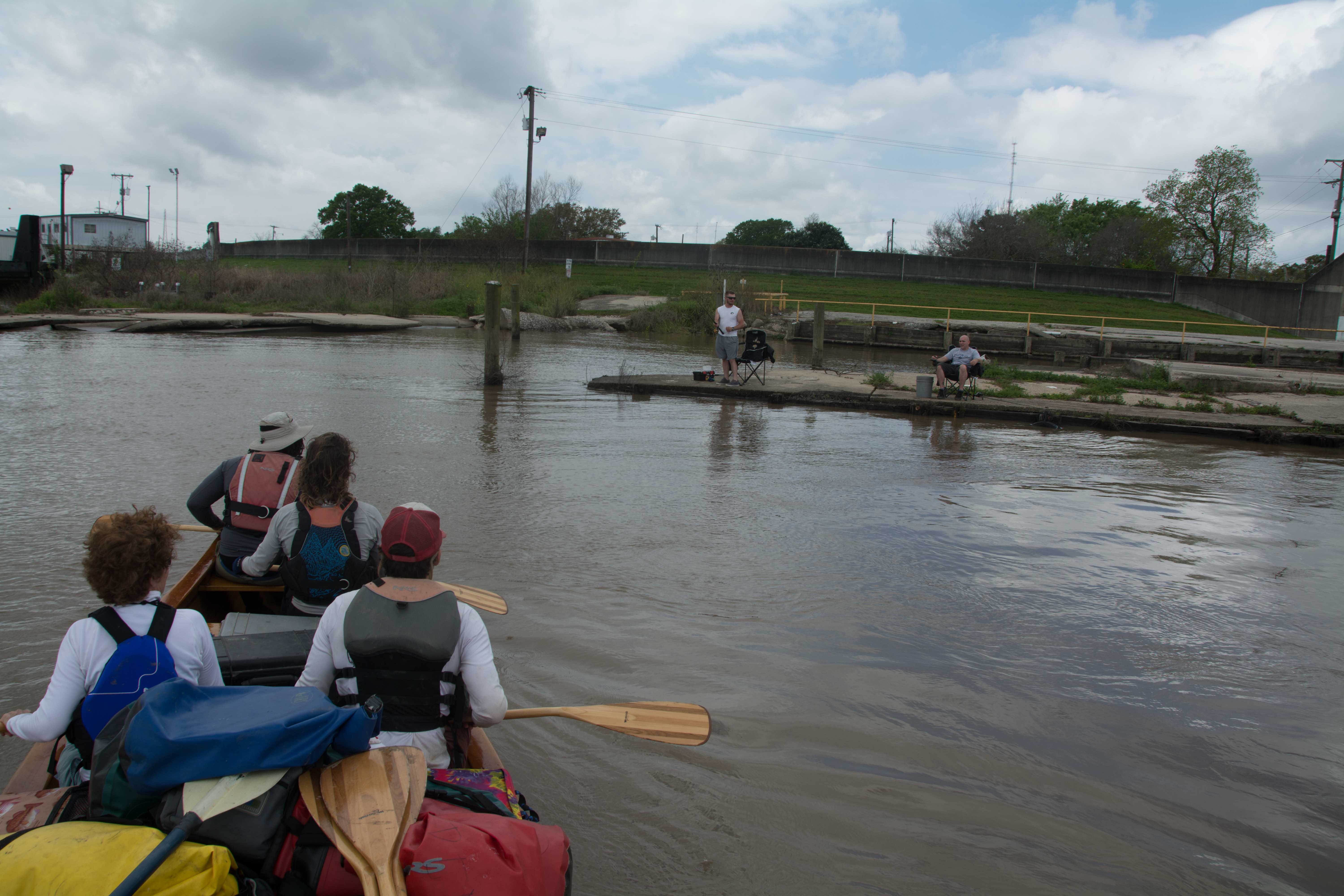
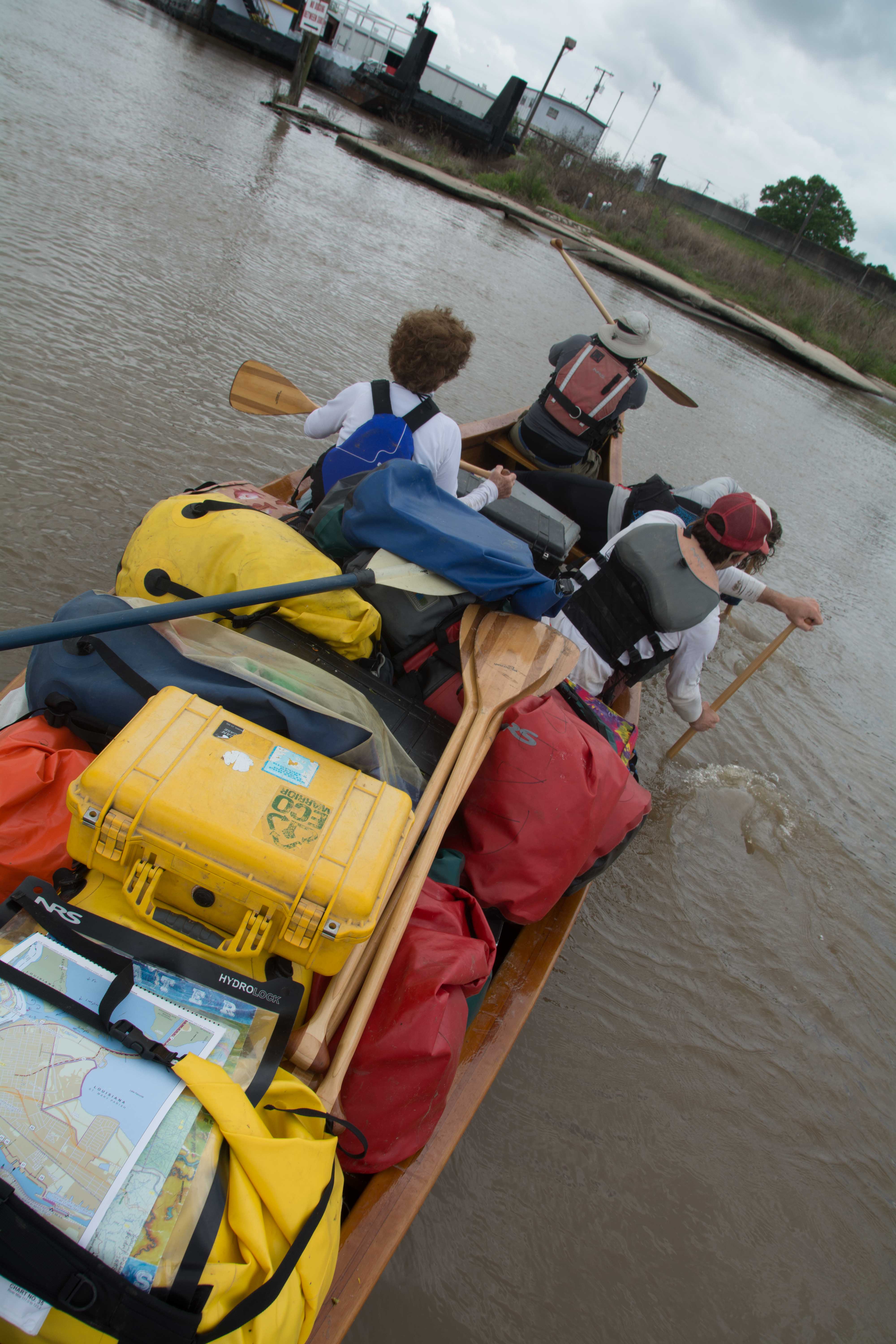


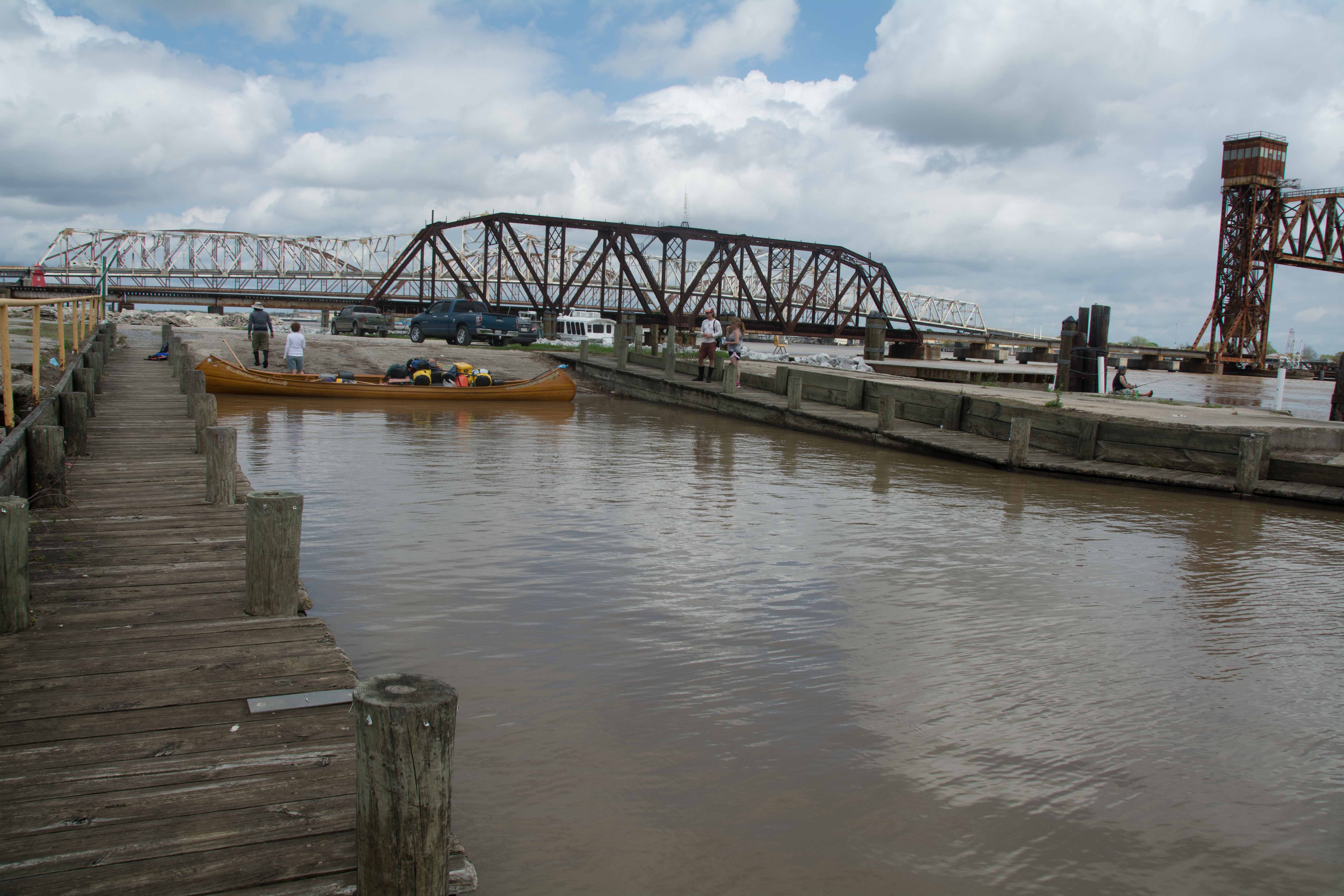

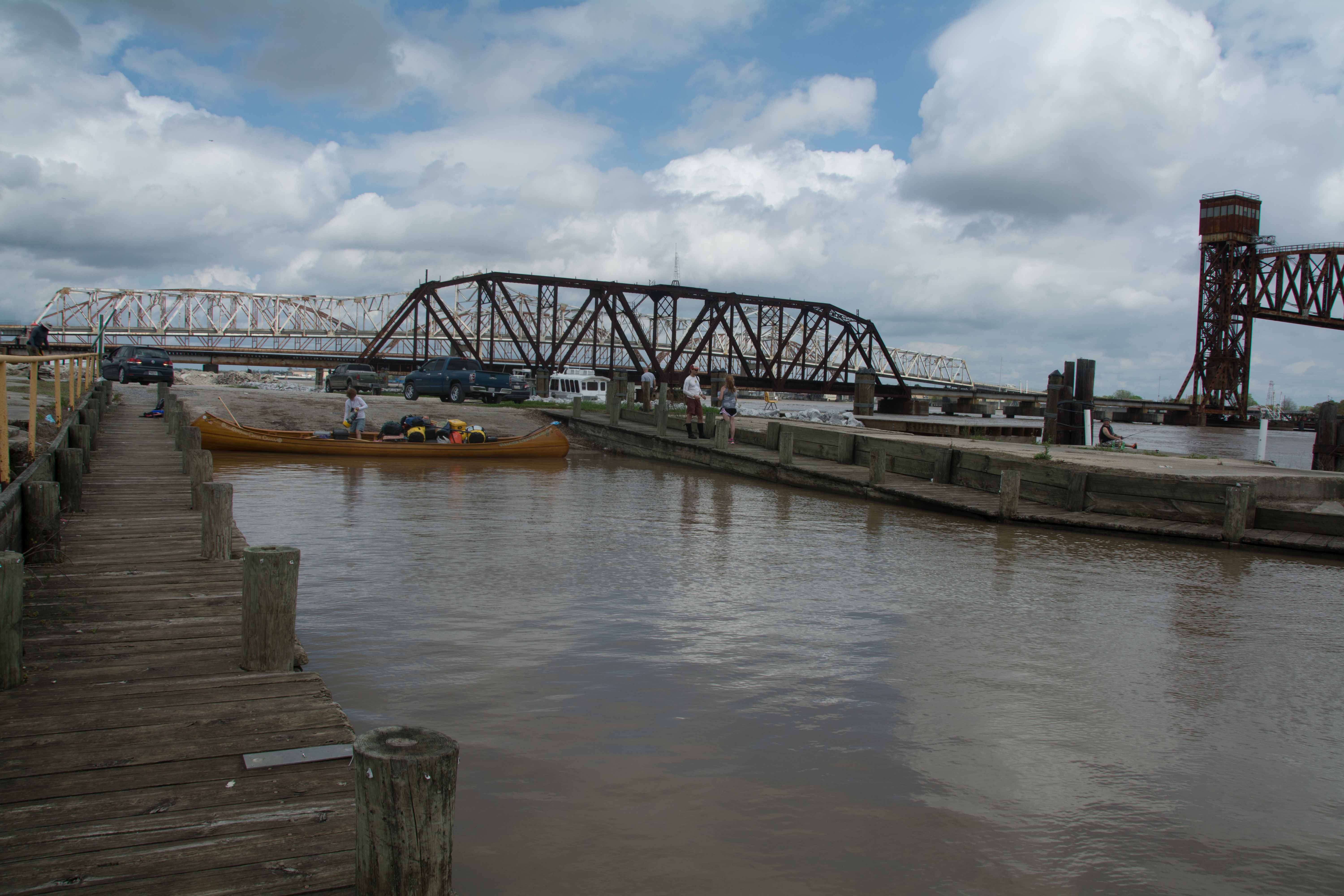

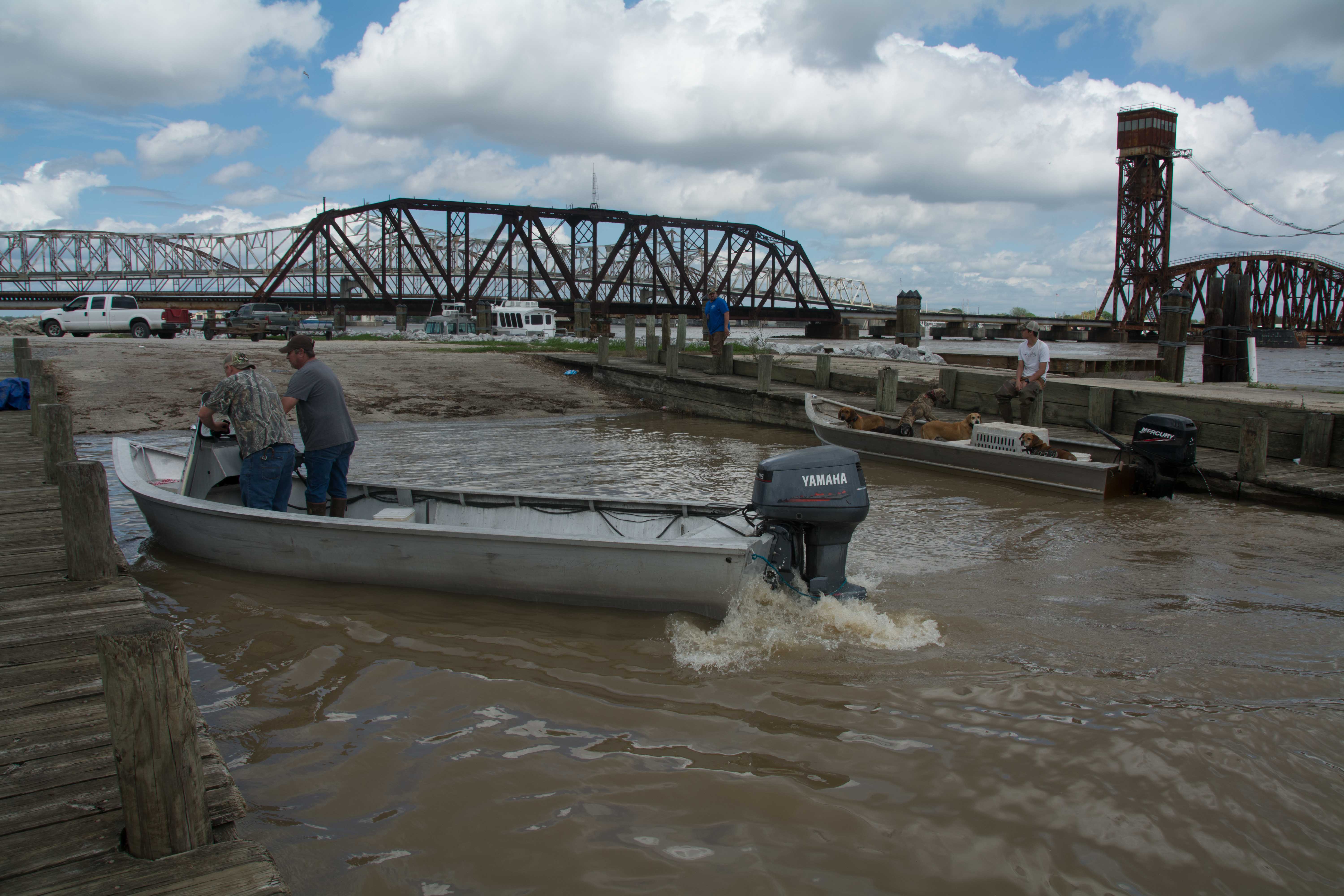
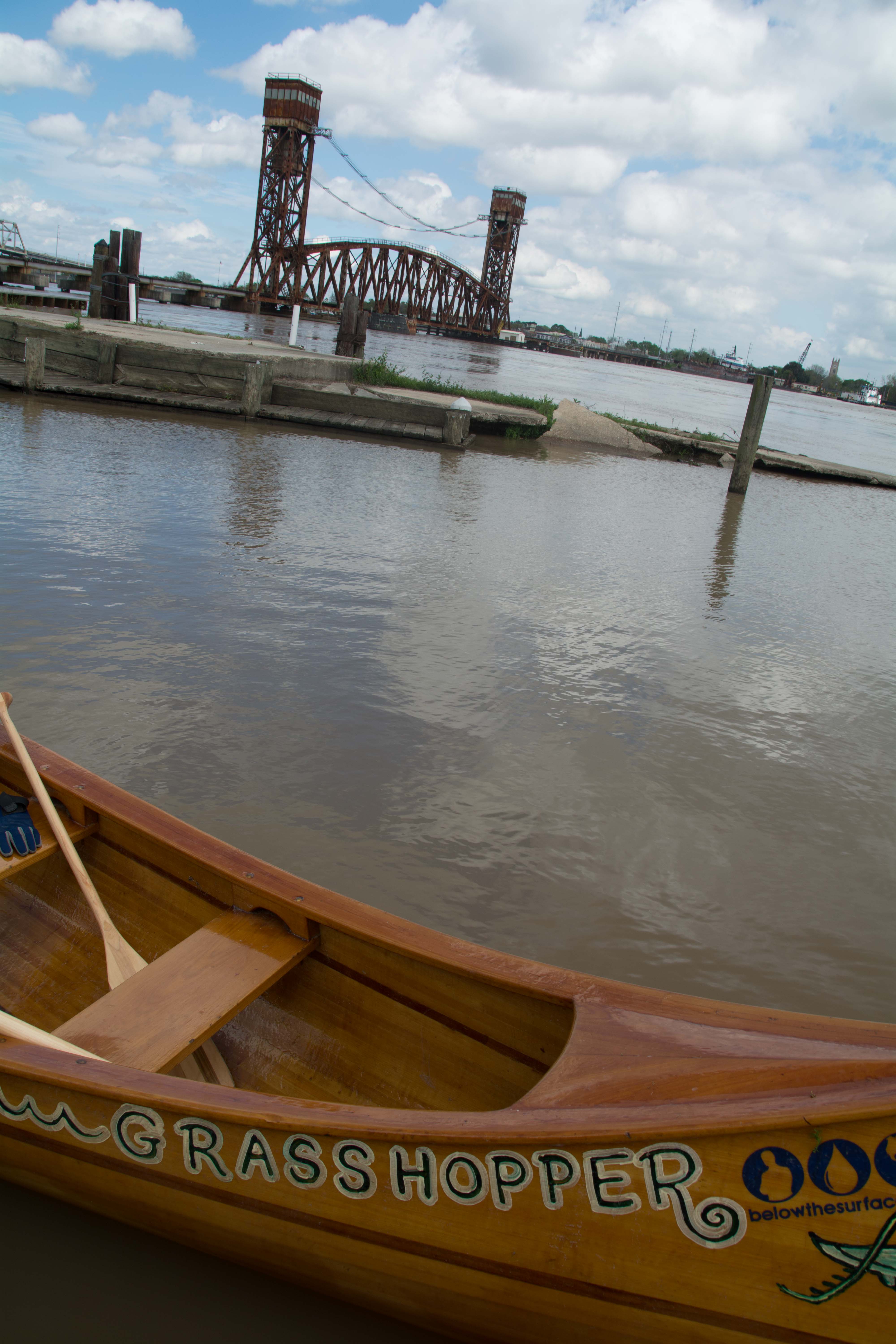

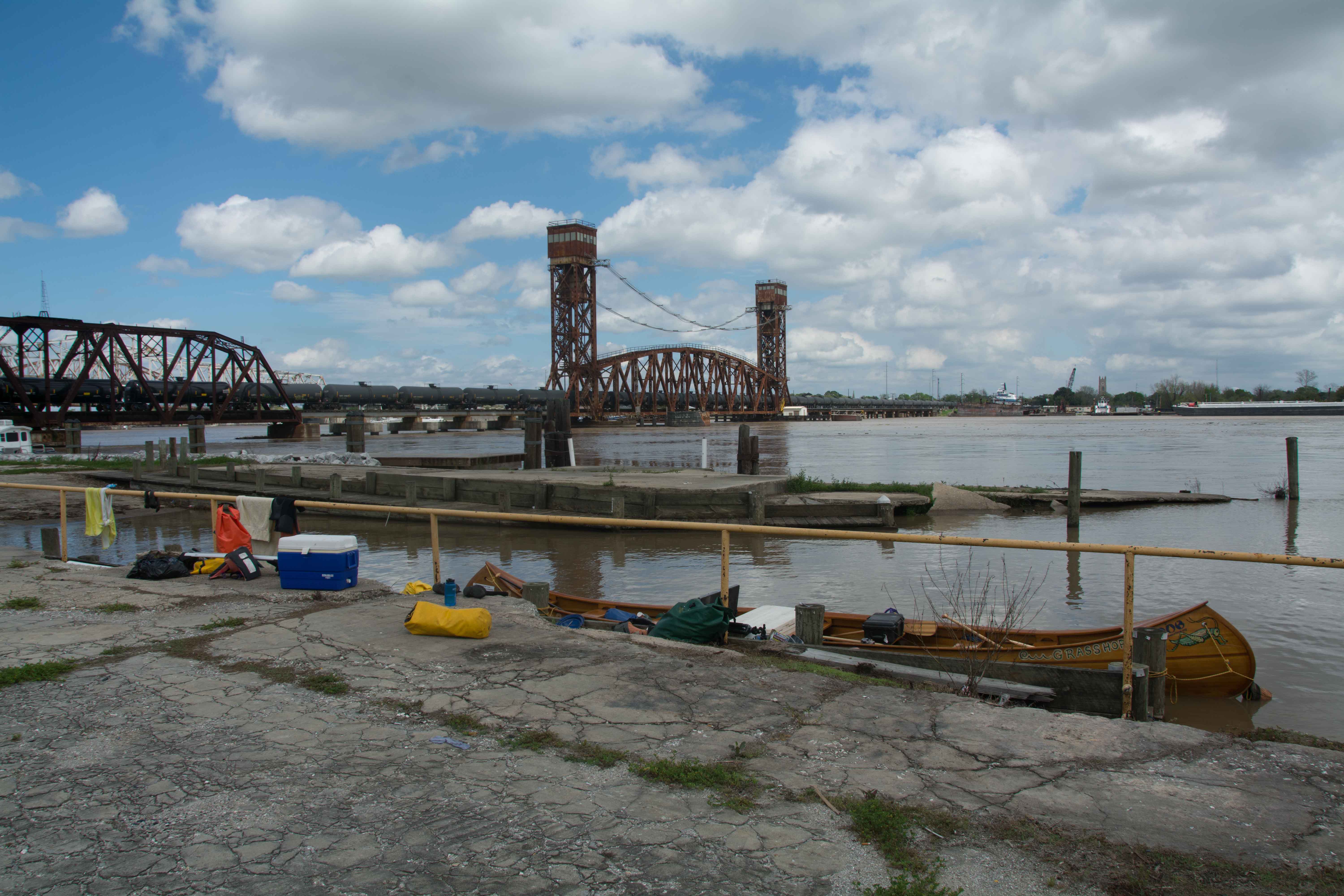











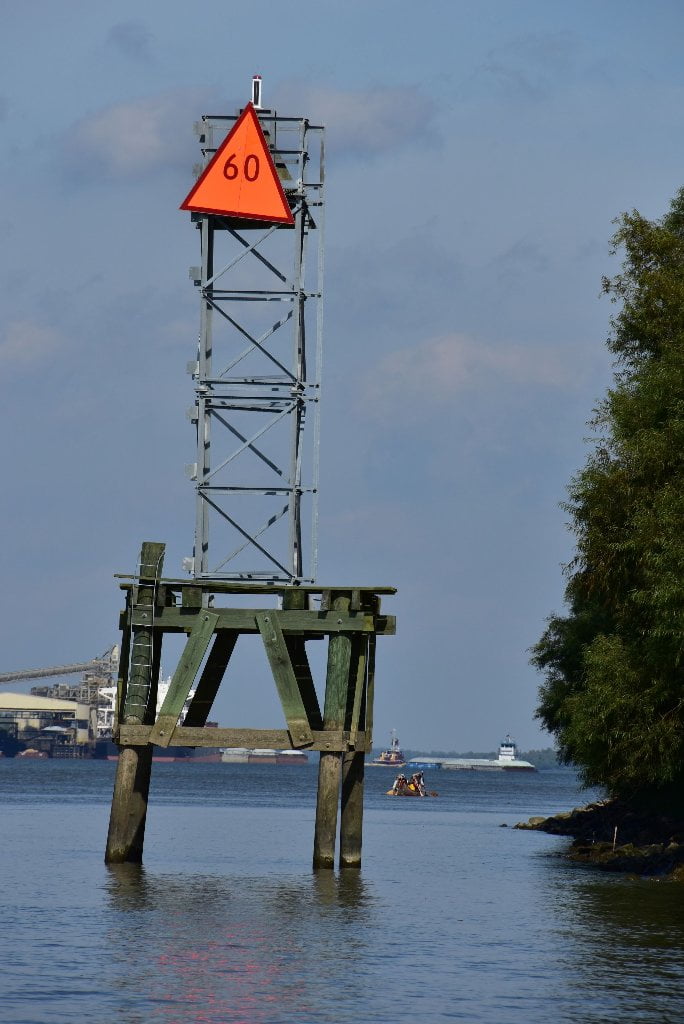
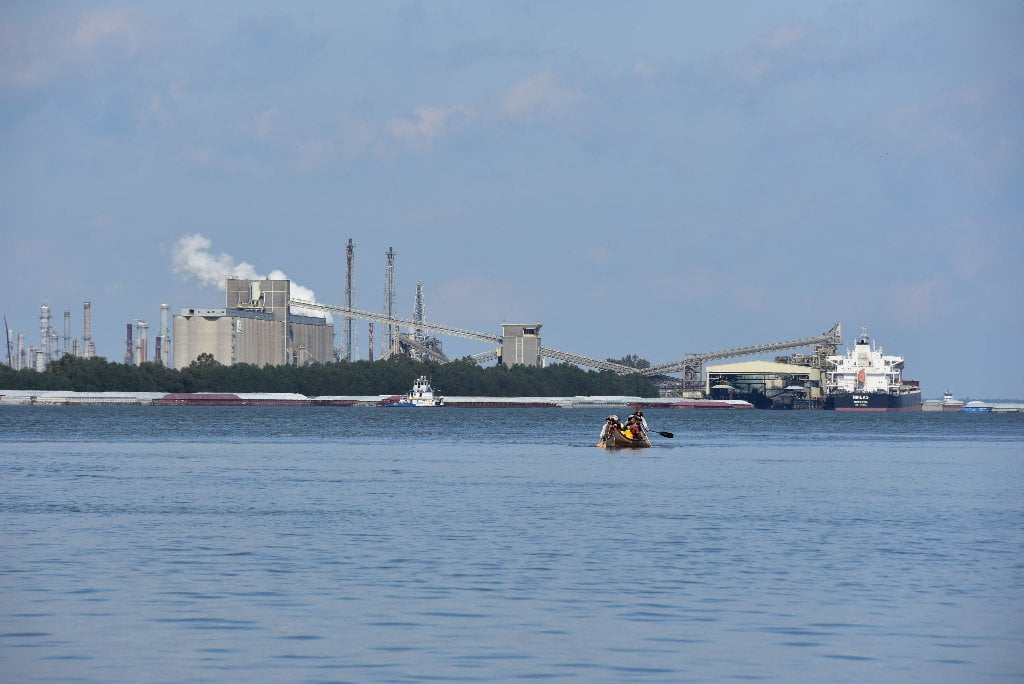

Leave A Comment
You must be logged in to post a comment.